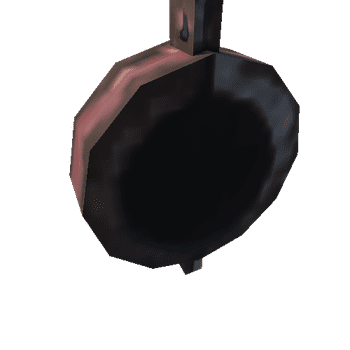Select or drop a image or 3D model here to search.
We support JPG, JPEG, PNG, GIF, WEBP, GLB, OBJ, STL, FBX. More formats will be added in the future.
Asset Overview
Kapisa, Afghanistan, 3rd-4th Century,
Kushan Period
Schist
Extended loan from Rolando and May Schinasi, France
"For the first few centuries after his death, Buddha was not depicted in human form. His presence was indicated through symbols, such as his footprints, the Wheel of the Law, or an empty seat. Representaitons of the Buddha himself would have run counter to his teaching that nothing in life is permanent.
This changed around the first century CE, in two major centers simultaneously; Gandhara, which had been exposed ot Hellenstic culturel and Mathura in Central India. Sculptures began ot depic the Buddha- usually shown as an ageless, noble, and compassionate figure wearing a plain monk's robe or (as in [this example]) a Greek toga..."











